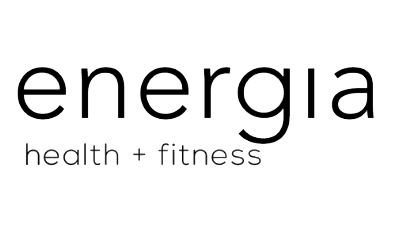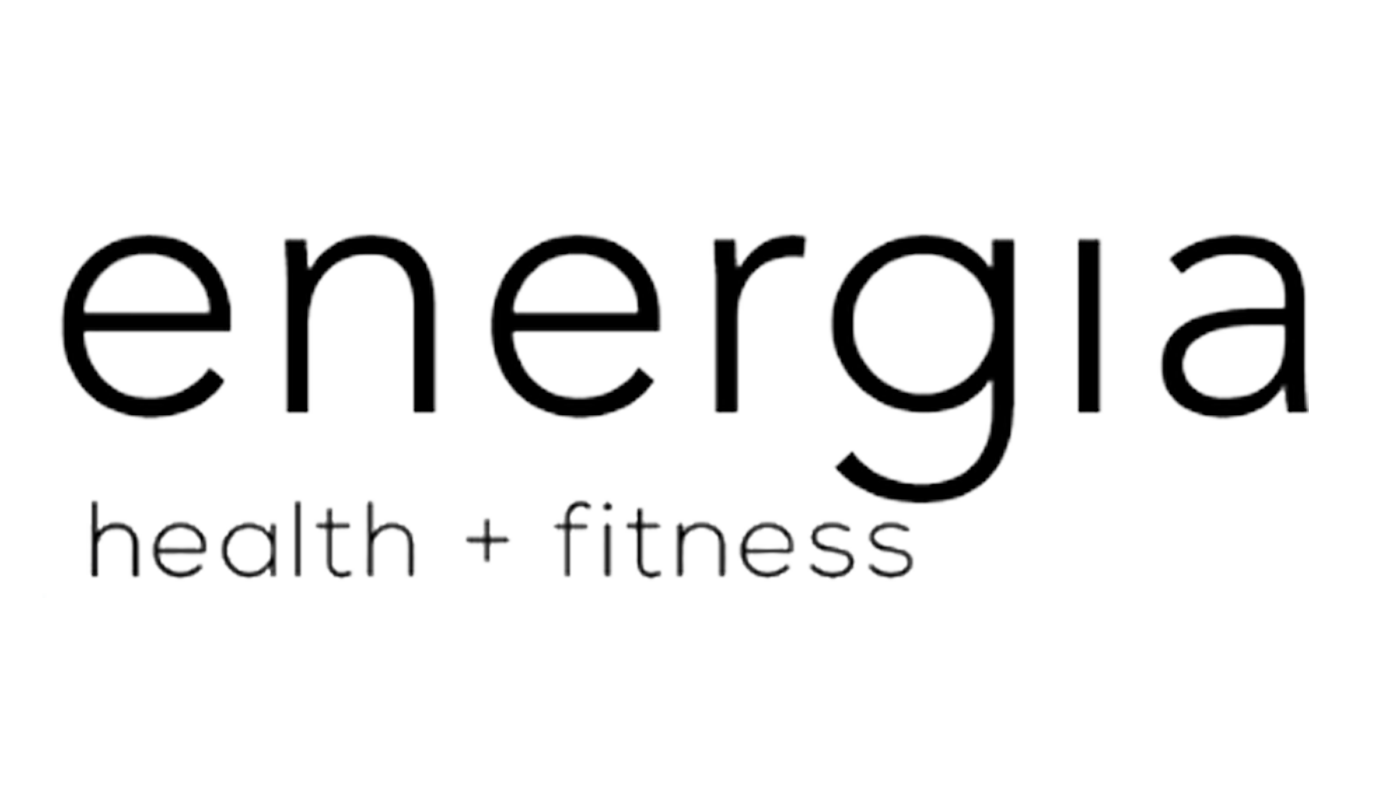If you’re not doing this you should be
DEAD HANG
The dead hang is a simple and effective exercise with a range of benefits for both the spine and upper body. Here’s a breakdown of why incorporating dead hangs into your routine can be beneficial:
1. Decompresses the Spine
Hanging from a bar allows gravity to gently decompress the tissue in your torso by creating space between the intervertebral discs. The gentle stretching helps to increase blood flow to the discs. Better circulation aids in the delivery of essential nutrients to these discs, promoting overall spinal health and potentially enhancing disc hydration.
Adding this to your program can help back pain and promote better spinal health, especially for those who spend a lot of time sitting.
2. Boosts Shoulder Mobility
Dead hangs are excellent for improving shoulder flexibility and mobility. The act of hanging engages and stretches the shoulder joints and surrounding muscles of the cervical and thoracic spine, which can lead to better range of motion and reduced stiffness over time.
3. Counteracts Kyphotic Posture
Kyphosis, or a hunched back, can develop from poor posture or long periods of sitting. Regular dead hangs help counteract this condition by stretching and realigning the spine. As you hang, your shoulders drop and your chest opens up, working against the curvature associated with kyphosis.
5. Strengthens Grip and Shoulder Muscles
Hanging from a bar challenges your grip strength as well as the muscles in your forearms, shoulders and upper back. This can translate into better performance in other exercises and everyday activities that require strong grip and shoulder stability.
Studies show a correlation between grip strength and longevity. This research shows that individuals with stronger grips generally possess better overall muscle strength and therefore have stronger bones. This decreases the likelihood of bone fractures due to falls.
7. Improves posture
The hanging position naturally stretches the chest, latissimus dorsi (lats), and shoulder muscles. This can help improve posture by reducing tightness in these areas and promoting a more open and relaxed upper body.
8. Invigorating and Refreshing
Dead hangs can be difficult but they are invigorating. The feeling of stretching and decompressing your spine can be a refreshing break from daily routines, making you feel more energized and less tense.
If you’re not already including them in your workout, giving them a try could be a great addition to your regimen.
HERE’S HOW:
Finding a Supportive Bar
Choose the Right Bar
Pull-Up Bar: Ideally, use a sturdy pull-up bar that is securely mounted. Make sure it's at a height where you can reach it with your feet still touching the ground.
Gym Equipment: Many gyms have designated bars for hanging exercises.
Tree Branch or Playground Equipment: If you’re outdoors, a strong and stable tree branch or playground monkey bars can be a good alternative.
Beginner Hanging Techniques
Initial Support
Seated Position: Start by gripping the bar and using your legs to support most of your weight. It’s similar to sitting in a chair while holding onto the bar.
Partial Hang: With your feet on the ground or a support (like a step or platform), hold onto the bar and gently lift your feet slightly, allowing a small amount of your body weight to be supported by the bar.
Gradual Progression
Increasing Body Weight: As you gain strength, gradually lift your feet off the ground, reducing the support from your legs. Start by lifting just a little and progressively increase the amount of weight you support with your arms.
Full Hang: Eventually, aim to hang with your full body weight, but only when you feel comfortable and strong enough.
Adding Movement
Gentle Hip Swings
While hanging, gently swing your hips side to side. This movement helps engage your core and can make the exercise feel more dynamic.
Ensure that the swinging motion is controlled and gentle to avoid unnecessary strain on your shoulders or back.
Tips for Success
Warm Up: Always warm up your shoulders and upper body before attempting hanging exercises. Dynamic stretches and mobility exercises can help prepare your muscles and joints.
Use Proper Grip: Ensure you’re using an overhand grip (palms facing away) for traditional dead hangs, or try an underhand grip (palms facing you) for variety. Adjust your grip width based on your comfort and strength level.
Rest and Recovery: Allow your muscles to recover between sessions. Overworking can lead to fatigue or injury. Aim for consistent practice with adequate rest.
Listen to Your Body: Pay attention to how your body feels. If you experience discomfort or pain, stop and assess your technique or seek advice from a fitness professional.

